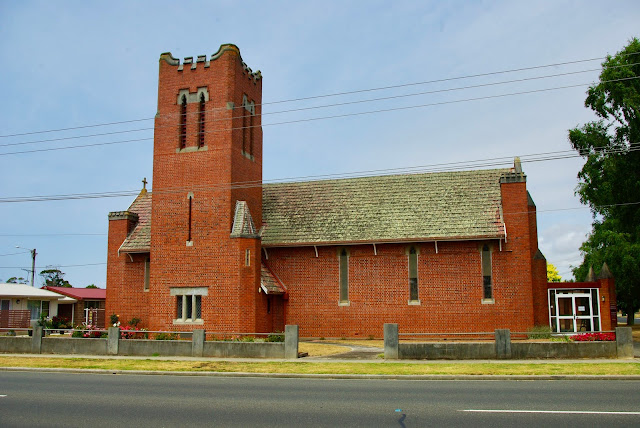No. 668 - Wynyard - St Stephen's Anglican Church - "Delays and Disappointments"

Wynyard is a town on the northwest coast approximately 20 kilometres west of the city of Burnie. The area around Wynyard was originally named Table Cape by the explorers Bass and Flinders. The name was changed to Wynyard in the 1850s, in honour of Edward Buckley Wynyard, Lieutenant-General of the New South Wales Corps. In his capacity as commander of troops in New South Wales, Van Diemen’s Land and New Zealand, Wynyard visited Table Cape in 1850-1. Until the 20th century Wynyard remained a small town with a population of less than 500. The focus of this article is on the last of the three Anglican churches established at Wynyard. The first small church was built in the mid 1850s and this was replaced by a larger building in 1873. [see No. 652 ] This replaced in 1920 by the present brick ‘English style’ church. The construction of a new Anglican church at Wynyard became possible following the death of Mr. Edward Stutterd in 1907. Stutterd, who had never married, left a bequest of £1000






